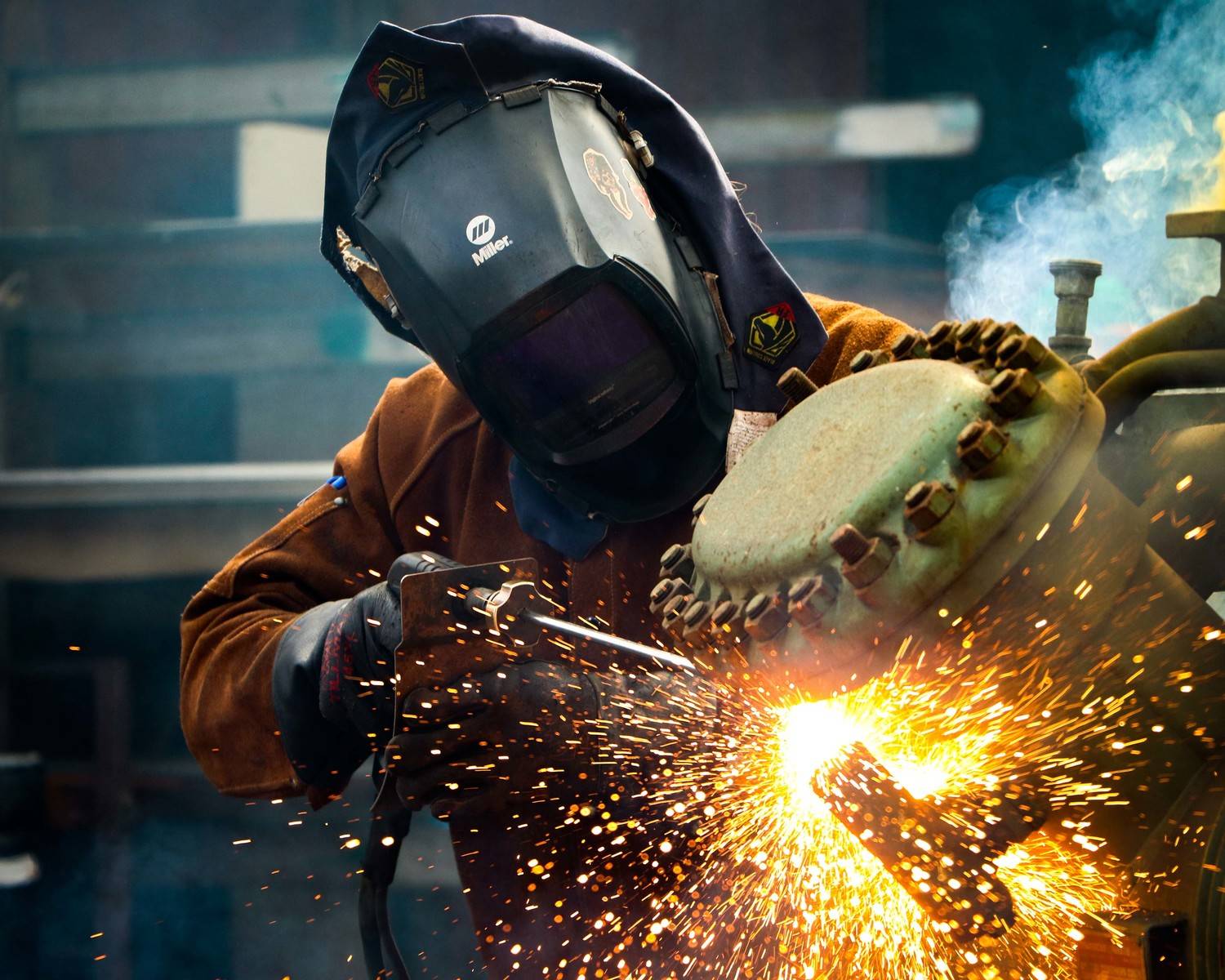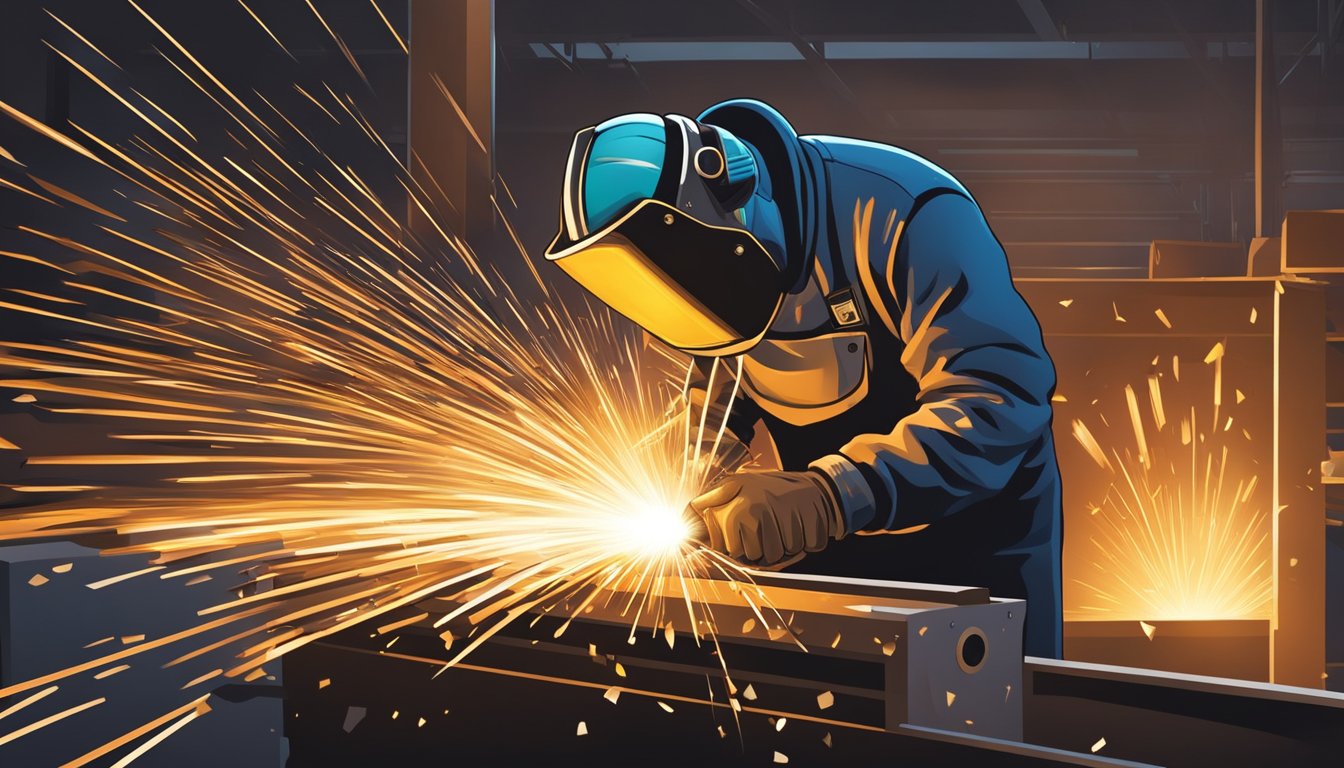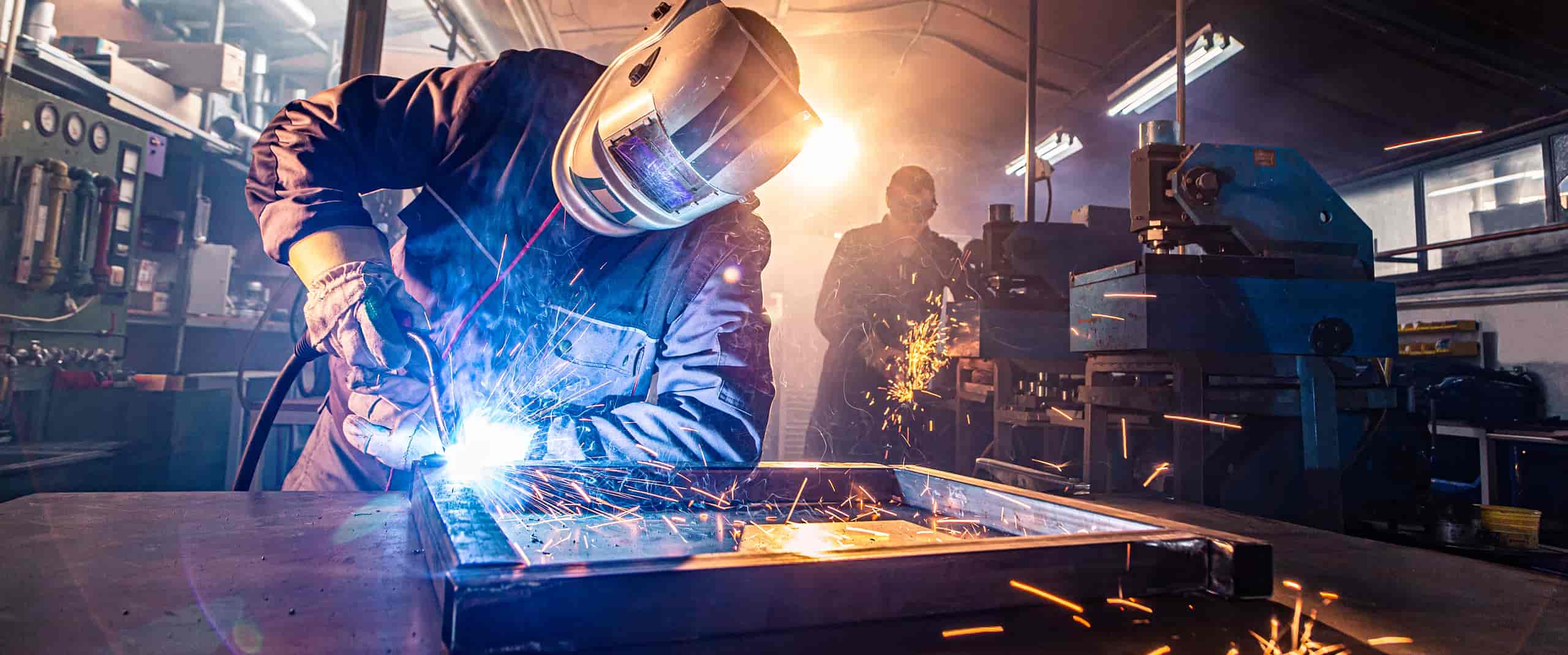Welding WPS Explained: Trick Components and Advantages for Your Welding Processes
Welding WPS Explained: Trick Components and Advantages for Your Welding Processes
Blog Article
The Ultimate Overview to Welding WPS Procedures: An Extensive Overview for Welders
In the complex world of welding, Welding Treatment Specifications (WPS) offer as the foundation of making certain high quality, uniformity, and safety in welding procedures (welding WPS). As we dig right into the various parts of a WPS and discover the intricacies of credentials and accreditation, we will certainly uncover the crucial role these procedures play in the world of welding.
Significance of WPS Procedures
Recognizing the relevance of Welding Procedure Requirements (WPS) treatments is essential for making certain the high quality and honesty of welded frameworks. WPS treatments function as a roadmap for welders, describing the essential steps, criteria, and products called for to achieve an audio weld. By sticking to WPS standards, welders can ensure uniformity in their work, leading to structurally sound and reputable welds.
One of the main reasons why WPS treatments are important is their role in keeping weld quality and honesty. Complying with the specified welding parameters and methods outlined in the WPS helps avoid defects such as porosity, fracturing, or insufficient combination, which can compromise the stamina and durability of the weld. Furthermore, WPS treatments are important for making sure compliance with sector criteria and codes. By complying with recognized WPS guidelines, welders can demonstrate that their work meets the necessary needs for safety and security and high quality, giving guarantee to clients, assessors, and governing bodies. Essentially, the value of WPS procedures can not be overstated, as they are basic to achieving constant, top quality welds that meet industry criteria and requirements.

Parts of a WPS
A Welding Treatment Requirements (WPS) usually makes up crucial elements that information the specific demands for executing a weld, ensuring consistency and high quality in the welding process. The vital parts of a WPS consist of vital variables such as base metals, filler steels, interpass and preheat temperatures, welding procedures, protecting gases, welding settings, and post-weld warmth treatment needs.
Base steels refer to the materials being signed up with, while filler steels are utilized to load the space in between the base steels throughout welding. Preheat and interpass temperatures are vital for managing the heat input and avoiding issues like fracturing or distortion. The welding process outlines the details method to be made use of, whether it's gas steel arc welding (GMAW), secured metal arc welding (SMAW), or an additional method. Shielding gases safeguard the weld swimming pool from atmospheric contamination. Welding placements specify the orientations in which welding can be done. Post-weld warmth therapy might be needed to eliminate stresses and boost the weld's residential or commercial properties. A comprehensive understanding of these components is critical for developing a thorough and reliable WPS.

Certification and Certification
Having actually established the important components of a Welding Procedure Specification (WPS), the focus now shifts towards the essential aspects of qualification and accreditation in welding methods.

Qualification, on the other hand, is the official recognition of a welder's credentials by an appropriate certification body or organization. here Welding accreditations are typically based on the particular welding procedures, materials, and positions a welder is certified to collaborate with. Holding a valid welding qualification demonstrates that a welder satisfies sector requirements and is competent to perform welding jobs to the called for requirements.
Producing a WPS
To develop a Welding Procedure Requirements (WPS) that meets market criteria, careful factor to consider of welding processes, products, and functional parameters is crucial. The initial step in developing a WPS is to determine the welding process to be utilized, such as gas metal arc welding (GMAW) or protected metal arc welding (SMAW)

Executing and Monitoring WPS
Upon finalizing the thorough Welding Treatment Requirements (WPS) that thoroughly details welding processes, materials, functional specifications, and quality guarantee actions, the focus shifts to effectively implementing and keeping track of the established procedures. Application includes guaranteeing that all welders involved in the job are acquainted with the WPS and follow it meticulously throughout the welding procedure. Reliable implementation and monitoring of the WPS are critical for making sure the stability, stamina, and safety of the welded joints, inevitably adding to the total success of the welding project.
Conclusion
Finally, understanding and adhering to Welding Treatment Specifications (WPS) is crucial for welders to make sure top quality, uniformity, and safety and security in their work. By understanding the components of a WPS, getting proper certifications and qualifications, producing comprehensive procedures, and applying and checking them effectively, welders can enhance their abilities and effectiveness in welding techniques. Complying with WPS treatments is vital for generating high-quality welds and meeting market standards.
In the elaborate world of welding, Welding Procedure Specifications (WPS) offer as the backbone of making sure top quality, uniformity, and safety and security in welding operations. The welding process outlines the specific method to be used, whether it's gas steel find more info arc welding (GMAW), shielded metal arc welding (SMAW), or an additional method.To develop a Welding Procedure Spec (WPS) that meets sector criteria, mindful factor to consider of welding procedures, materials, and operational parameters is essential. The first step in creating a WPS is to identify the welding procedure to be made use of, such as gas metal arc welding (GMAW) or shielded metal arc welding (SMAW)Upon wrapping up the thorough Welding Treatment Spec (WPS) that diligently information welding procedures, materials, functional specifications, and high quality guarantee measures, the focus changes to effectively implementing and keeping an eye on the well established procedures.
Report this page